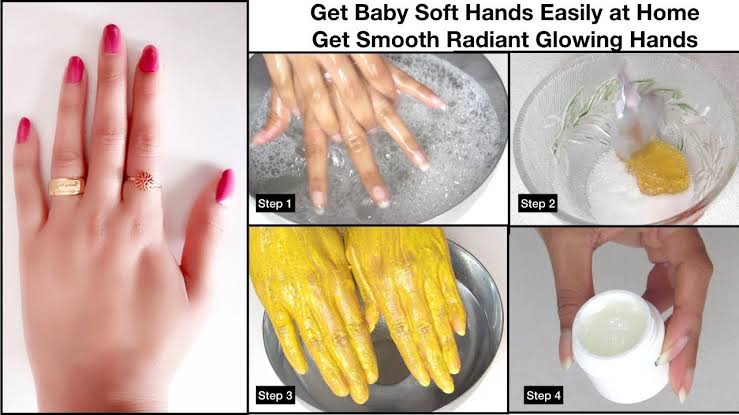Sensitive skin, atopic skin, dry skin … It’s hard to find your way around all of these appellations. Do these different skin types all have the same characteristics or are they different? How to take care of it ?
The skin consists of three layers. First, the epidermis, the superficial part of the skin, has the function of renewing the semi-permeable natural protective barrier that is supposed to protect the skin against external aggressions. Then, rich in vessels, the dermis, which is the intermediate part, nourishes and supports the epidermis so that it remains supple and toned. It is also involved in the regulation of body temperature, healing and the destruction of certain toxic substances through sweating. Finally, the hypodermis, the deep layer of the skin, ensures the storage and release of fat in the form of energy, it shapes the silhouette, retains heat and protects against shocks.
volume_off
The skin is made up of 70% water, 27.5% protein, 2% fat and 0.5% mineral salts and trace elements. Most skin care products work on both the epidermis and the dermis and provide variable amounts of these elements to keep it hydrated, nourished and smooth.
What are the differences between sensitive skin, atopic skin and dry skin?
Dry skin is a type of skin that exhibits visible skin signs such as roughness to the touch, flaking, and a dull complexion. People with dry skin also feel tightness and tingling and are more vulnerable to aging skin. The main causes of dry skin are a lack of lipids (the sebaceous glands cannot produce enough sebum to form a protective film on the skin) and a lack of water.
We speak of atopic skin when it develops allergic reactions in the form of dermatitis, that is to say inflammations of the skin that take different forms (itching, red patches, dry skin, vesicular lesions, oozing patches, etc.) . These inflammatory reactions appear when the skin comes into contact with allergens. Atopy is a genetic predisposition, but genes are not the only ones responsible. The environment is partly responsible for atopic skin. We think of pollution, increased exposure to tobacco or excessive washing of the skin with unsuitable products.
Sensitive skin is prone to tingling, burning, itching and tingling in the presence of various stimuli (contact with clothing, washing powder, cream, etc.) which in most people do not cause such symptoms. They say she’s hyper-reactive. However, the reactions of sensitive skin are less severe than in atopic skin and there is no question here of allergens and allergy. Unlike dry skin and atopic skin, this is not a skin type but a “condition”. Indeed, dry, oily and combination skin can also be sensitive.
How to take care of it ?
The common point between dry skin, atopic skin and sensitive skin is skin dryness (which can be permanent or occasional). Daily care suitable for dry to very dry skin is strongly recommended to avoid discomfort (tightness, tingling and itching) and visible signs (redness, calluses, roughness, etc.).
The Eucerin brand, specialized in dermo-cosmetic care, offers a complete range specially designed for dry to very dry and rough skin: the UreaRepair range. It brings together treatments enriched with urea, a molecule with multiple virtues. Urea absorbs and retains water for deep, long-lasting hydration. It is naturally exfoliating, helping the skin to get rid of dead skin. Thus, its action helps the good penetration of the active ingredients contained in the treatments applied to the skin. Finally, urea is antibacterial, it purifies the skin and is a powerful ally for acne-prone skin.
My 3-step daily routine for soothed skin
Step 1: Cleanse my skin with UreaRepair 5% Urea Cleansing Gel.
Instructions for use: place a small amount of gel in your hands then apply to damp skin. Lather by gently massaging the face, body, hands and feet. Rinse thoroughly.
Step 2: Hydrate my skin with UreaRepair PLUS 10% Urea Emollient Body Lotion.
Directions for use: Apply the lotion to clean, dry skin and massage gently until completely absorbed. Apply as often as needed.
Step 3: moisturize the most sensitive areas (hands and feet) with specific care – 5% Urea Hand Cream and 10% Urea Foot Cream.
Directions for use: place a small amount of cream in your hand and massage the top of each hand until completely absorbed. Apply as often as needed.
Place a dab of foot cream in your hands then massage your feet (clean and dry), insisting on the heels. Repeat the operation morning and evening.
Eucerin’s UreaRepair products have all been clinically tested on people with very dry and dry skin. Their effectiveness has been proven since their daily application for several weeks has made it possible to:
significantly reduce tightness.
rehydrate the skin.
relax the skin.
to permanently improve the condition of the skin.
make the skin smooth for a long time.
Significantly reduce visible signs of dryness and roughness to the touch.
This is why the products in the UreaRepair line from Eucerin are now recommended by dermatologists.



